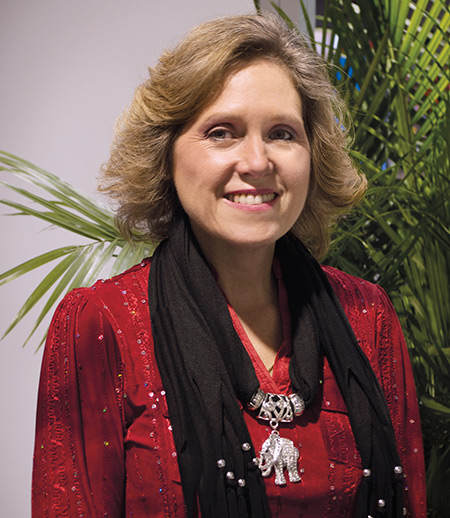Mar. 23, 2017
 Receiving a Siemens Education Journey Award from the ASRT Foundation led to an eye-opening realization that I could make a difference in the lives of people I have never even met.
Receiving a Siemens Education Journey Award from the ASRT Foundation led to an eye-opening realization that I could make a difference in the lives of people I have never even met.
The award, made possible by a donation from Siemens Healthineers to the Foundation, covered up to $4,000 of my conference registration and travel accommodations. If not for the award, I would’ve been unable to attend the 2016 Radiological Society of North America Scientific Assembly and Annual Meeting in Chicago, and I would not have discovered the instrumental role that radiologic technologists play in research.
RSNA showcases new radiology equipment and technology from all over the world. Application specialists are on site to demonstrate how the equipment works and to speak to the benefits it offers the profession. The conference also provides hundreds of continuing education lectures on a wide variety of topics.
It was in one of the lectures — Multiplanar Imaging: Anatomical Variation Around the Ischial Tuberosity During Sitting Using Magnetic Resonance Imaging — that I learned about how technologists can change people’s lives by getting involved in research at universities and other facilities across the country. This really caught my attention, as I work in a university setting; I manage the radiology department in the student health center at Clemson University in Clemson, South Carolina.
The magnetic resonance imaging technologist who gave the presentation is an educator at a teaching hospital who was asked to be a part of a research project. A group of engineers was designing cushions to prevent pressure ulcers among wheelchair users. They needed someone who was involved with patient care to ensure that the end product was practical and functional.
Although we all can enhance the lives of our patients, their families and our co-workers, it was inspiring to hear how this technologist was improving the lives of people he’d never met through his research. In fact, he has inspired me to begin investigating ways to become involved in research projects that are closely tied to our profession, which will help advance medical imaging and radiation therapy and improve patient care.
RSNA was a great learning experience. Whether I was attending lectures or watching demonstrations showing the advancements in technology in our profession, every moment I spent there was about learning something new and exciting. I can’t thank the Foundation and Siemens Healthineers enough for this once-in-a-lifetime learning opportunity.
Lynn Moore manages the radiology department in the student health center at Clemson University in Clemson, South Carolina. She joined ASRT in 1994. This article was originally published in ASRT Scanner, Vol. 49, No. 3, Page 23.